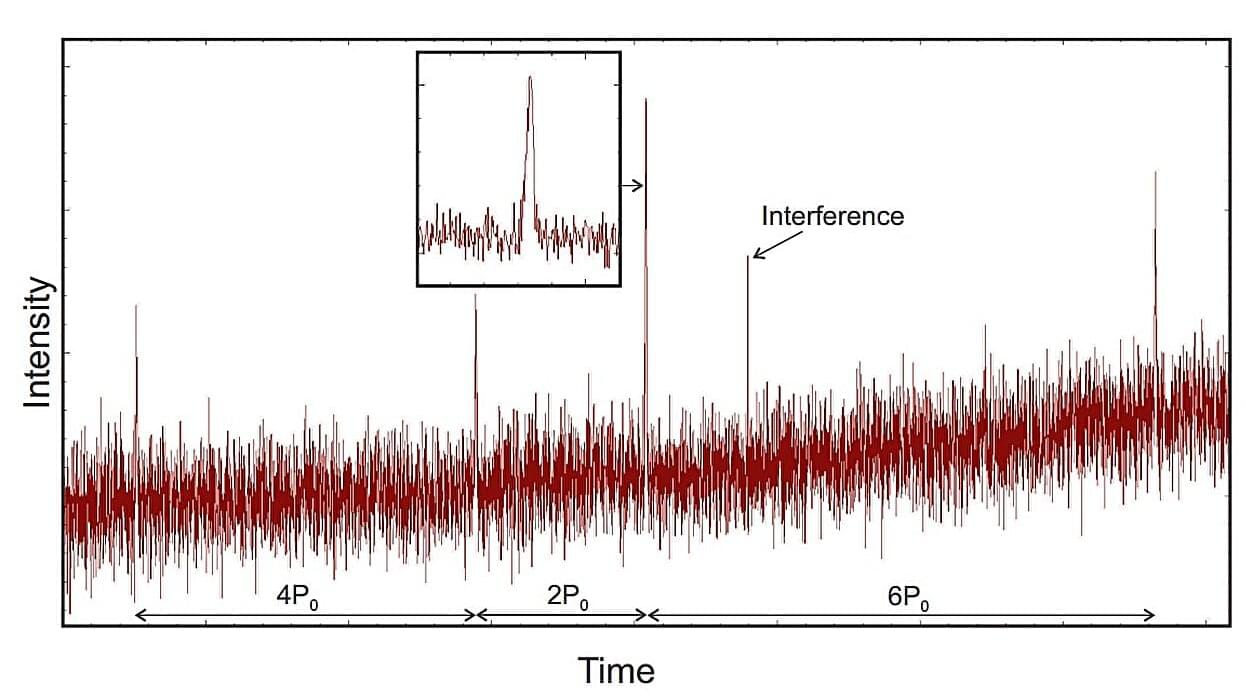Using the Large Phased Array (LPA) and the Five-hundred-meter Aperture Spherical radio Telescope (FAST), astronomers from Russia and China have observed a nearby pulsar designated PSR J1951+2837. The new observations, presented Nov. 18 on the pre-print server arXiv, deliver important insights into the nature of this pulsar.
Pulsars are highly magnetized, rotating neutron stars emitting a beam of electromagnetic radiation. They are usually detected in the form of short bursts of radio emission; however, some of them are also observed via optical, X-ray and gamma-ray telescopes.
